True love is a beautiful gift. It has a way of wrapping us in a cocoon of hopes and dreams that protects us from the world outside for a while. And for those fortunate ones, it grows and unfolds its wings into the splendor of something lasting. Its colors can distract us from the unpleasant, cover up the hurts, camouflage shortcomings, and serve as a banner of hope in a cynical world. Such was the love of Jim and Etta Mae.
They were complete opposites of each other. He was tanned from outside work, with muscular arms from pulling up his nets and working with his traps, and his dark curly hair was sometimes uncombed. The eldest of his family, he embraced from a young age the work that involved living off the land. As he grew up alongside his father in Union Parish near other Willhite relatives, he helped him farm the land they rented when needed, but much preferred earning money by selling fish he caught and hogs he killed in D’Arbonne Bayou,, which is now Lake D’Arbonne, and the Ouachita River, which was a main steamboat channel at the time. His hands were large and strong and served him well; cleaning and skinning the fish he caught or the game he killed, knitting nets, cutting and planing wood for the boat he built, carefully setting his steel traps, and drawing his bow across the strings of the fiddle he liked to play.
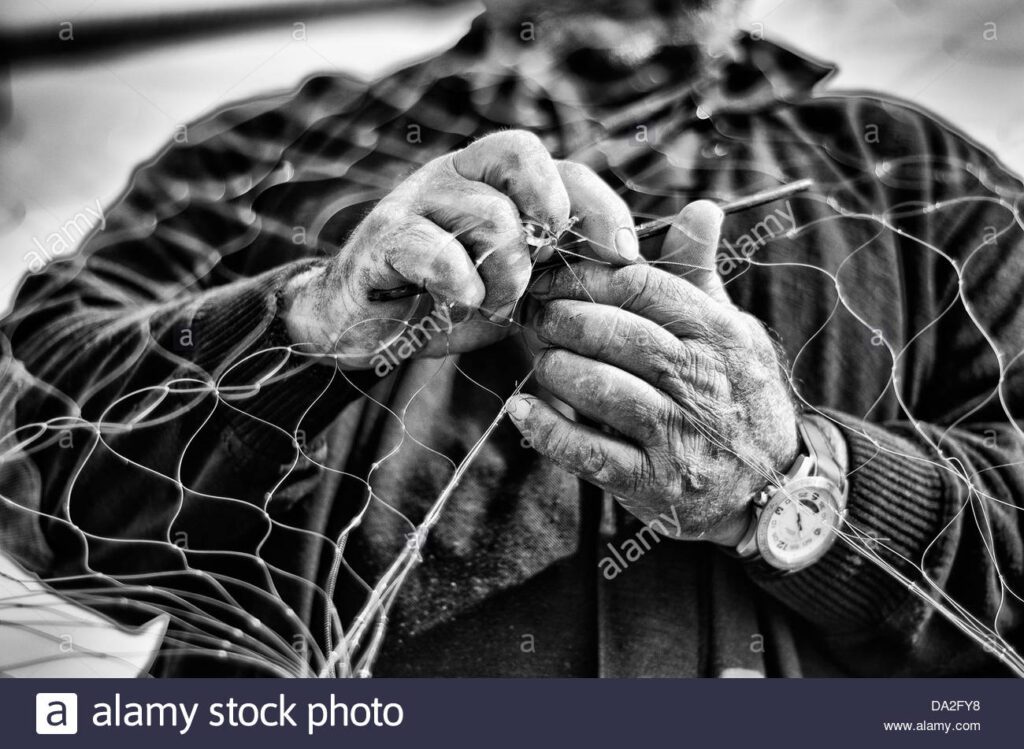
Jim made his own nets 
Homemade wooden boat 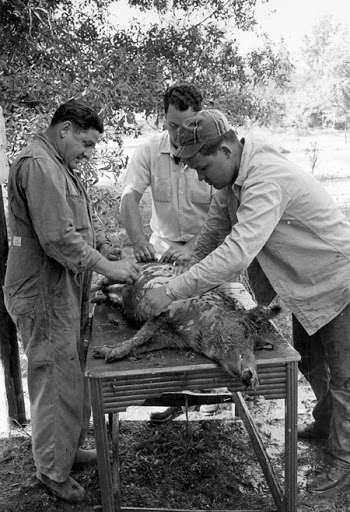
Wild hog hunters in Louisiana 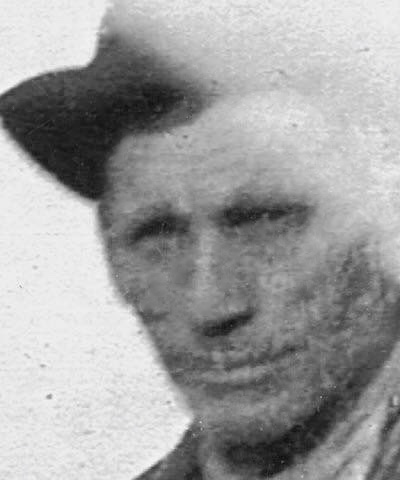
Jim Willhite at 30
https://louisianadigitallibrary.org/islandora/object/state-lwp:1697
http://www.louisianafolklife.org/lt/virtual_books/Guide_to_state/stokes.html
She was well-dressed and well-mannered, loved playing the piano and singing, and had become an expert cook and housekeeper under her mother’s supervision. She cooked meals on a wood stove, gathered and canned vegetables from their garden, and helped do laundry for the family, which was an all day job. Her home was filled with items such as these listed in a 1914 Sears catalog, and many beautiful antiques, including a piano which she enjoyed playing and singing on Saturday afternoons. She attended school in the Drew community, and on Sundays her family went to church where she played and sang in the choir.
Jan, the youngest daughter of Jim and Etta Mae remembers visiting her Granny Hart’s home this way. “It was an antebellum type house only a lot smaller. It had several steps up to the front porch which went all the way across the front. It had a wide porch going through the center of house. On the right as you entered was the living room and on the left was a bedroom. I don’t remember how many bedrooms there were, possibly three. The last room on the left was the kitchen, I remember the old times wood burning stove. There were a lot of very wide steps down the back of the house as it was built on the side of a hill. At the left of the steps was a well where they drew ice cold water. Granny Hart had a step daughter named Oma that was mentally challenged that always drew the water and carried it up those steps to the kitchen and to a dresser in the hall that had a pitcher and a bowl for washing your hands and water to drink. My grandmother had down feather beds and I loved to fluff them. Oma would get on one side of the bed and me on the other and punch them and they would almost touch the ceiling. Then Oma would pat them down to normal size. Granny was Dutch and her yard was typical Dutch garden with rows of flowers with paths in between the rows. When I was there, I loved to help her with the weeding, One day my hoe hit something I knew was metal. It was covered in hard green stuff, but where the hoe hit I could see gold color. I spent a long time carefully scraping it to discover a locket that Mother’s sister, Emma had when she was alive, having died at about 19 years old. The locket was sprung open and I had to glue it shut, and it has a dent on the back where the hoe hit. Granny gave it to me and I still have it. Granny had a good deal of land there and she had pear, apple, fig, as well as, pecan trees. We loved to climb in the trees and eat fruits.”
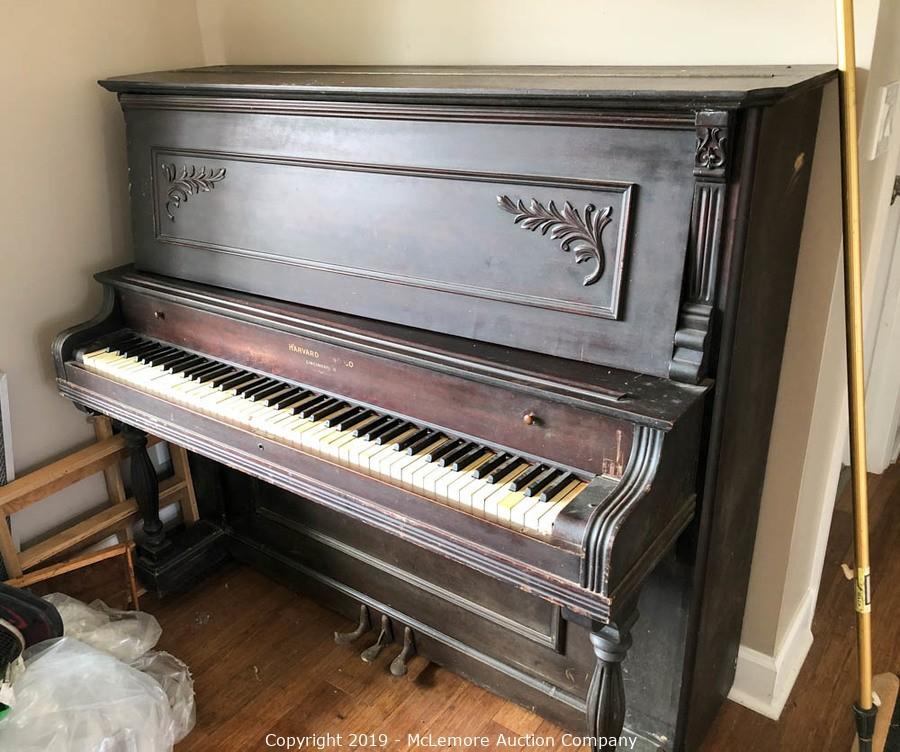
Early 1900s piano 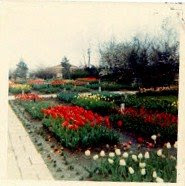
Tulips at Dutch Gardens, Newellton 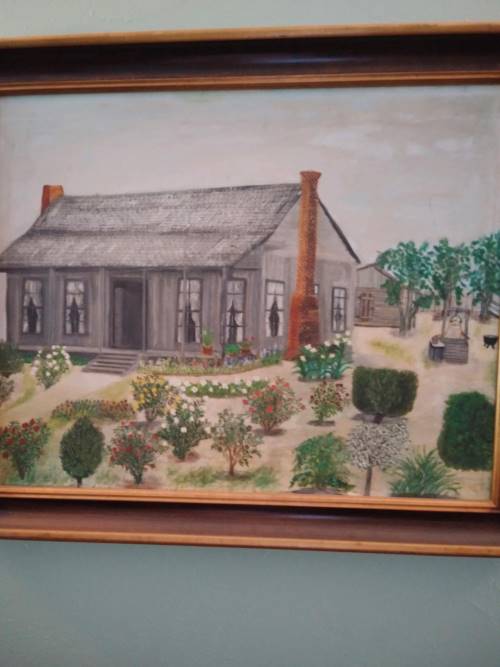
Etta Mae’s painting of the Hart house 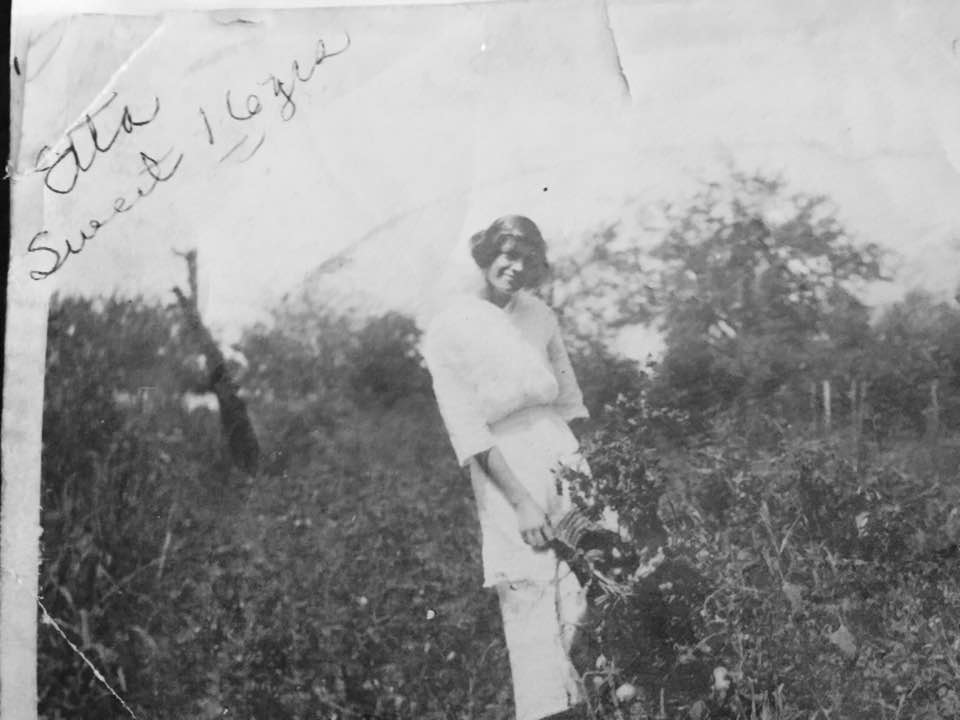
Etta Mae at 16
Born in Union Parish with a father that was a descendant of German immigrants, and his mother from Cherokee, Jim had a spirit that yearned for the freedom of charting his own course, rather than working for others. He had stopped going to school after the fourth grade, and at nineteen, was an expert woodsman and commercial fisherman in his own right. Within that year, he met Etta Mae, a farmer’s daughter who was thirteen at the time, but destined to share his future. After that, when he would come to call on her, riding on his mule, her family had been less than impressed, considering he was six years older than her and much less refined than they had hoped for.

Jim’s parents, Charley and Ina Mae Willhite 
By the spring of 1916 Etta Mae Hart was in love, and she married Jim Willhite against her mother’s wishes. Her dad, Seth Hart, had died suddenly a few months before, and her mother, and her older brothers were struggling to keep the farm at Drew in operation and pay the mortgage, selling off some of the land shortly after his death. At sixteen, she was a beauty, tall and slender, with dark wavy hair and sparkling eyes. The attraction to Jim had been strong since they first met at a Christmas church social three years before. He was different from the farm boys in the Drew Community where she lived; intelligent, confident, and full of ideas. Although only in her second year of high school, and urged by her mother, Emma Louise, to finish, she left with him and never looked back.
As a farmer’s daughter, Etta Mae was well aware of the hard work it took to run a household and get by on a small income, but when she and Jim moved into a house that was more like a barn, on the river near Rocky Branch, she had a challenge. Their families helped out, giving them furniture and household items, and Etta Mae created a home and went about her chores, with no electricity or running water, praying daily that she had made the right decision. Times were hard, and Jim was supporting them by commercial fishing on the Ouachita River, and hunting hogs in the D’Arbonne swamp, selling his meat and fish on the streets of West Monroe and Monroe, or to the local meat markets, out of his mule drawn wagon. Fur was in demand, so Jim was also trapping raccoon and mink, selling the hides to the local fur buyers in Monroe.
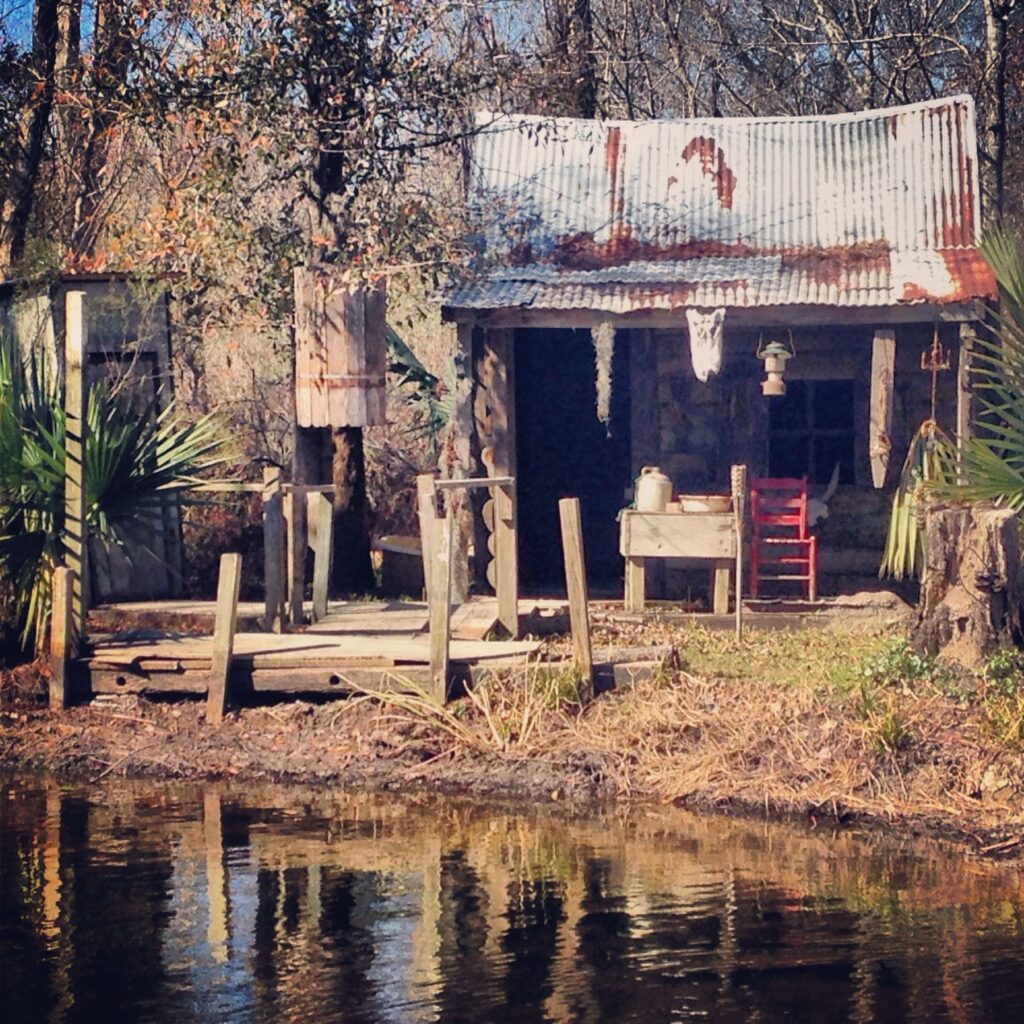
https://www.flickr.com/photos/29386723@N07/2744768843/.
On the farm where Etta Mae grew up, animals had been slaughtered for meat periodically, but Jim’s work required it daily. He would run his nets early in the morning, bringing home his catch and a block of ice, icing down the fish in a large wooden box he had built for the back of his wagon. Some of the fish were then gutted and scaled and cut up for her to cook, before he drove into West Monroe to sell the rest. On hog hunting days, he may have two or three hogs to clean at once, hanging them up in a tree near the pump behind the house. There they were also gutted and skinned, cut up and iced down before he took them to town. When he ran his traps, any animals he caught were brought home, where they were cleaned and skinned carefully. The furs were then stretched on small bamboo rods and hung to dry on the side of the house or the shed.
Etta Mae would soak and wash his blood stained clothes, have meals ready for him when he got home, and sometimes sing as Jim played the fiddle at the end of the day. He had bought them matching pump 22 rifles, and made sure she knew how to use hers. Embracing the role of his wife, she would shoot squirrels with it when they went hunting, and kept it near the door each day waiting for his return, which was sometimes after dark. After his day of fishing, hunting or trapping, he would knit nets at night, teaching her to help him, and how to stretch the hides of the animals he caught in his traps. She insisted that they respect the Lord’s Day, not working on Sundays, sometimes traveling to Drew to attend church with her family and stay for dinner, where she got to play the piano and sing.
She became pregnant before summer, and their first child, Juanita, arrived in January 1917. Her second baby, O.D., born in June 1918 weighed a little more than two pounds at birth, and Etta Mae placed him in a shoe box for a cradle. With little medical care, his survival was a testament to her skills as a mother, and the power of prayer, since the first year of life was highly dangerous for infants at the time, with one and ten babies dying before their first birthday. (America’s Health Rankings) Those skills would be much-needed as Etta Mae found herself pregnant, nursing or tending to a baby in diapers every year for the next twenty-five years, giving birth to thirteen babies who lived, one still born, and two miscarriages.
“Above all, love each other deeply, because love covers over a multitude of sins.”
1 Peter 4:8
Recent Comments